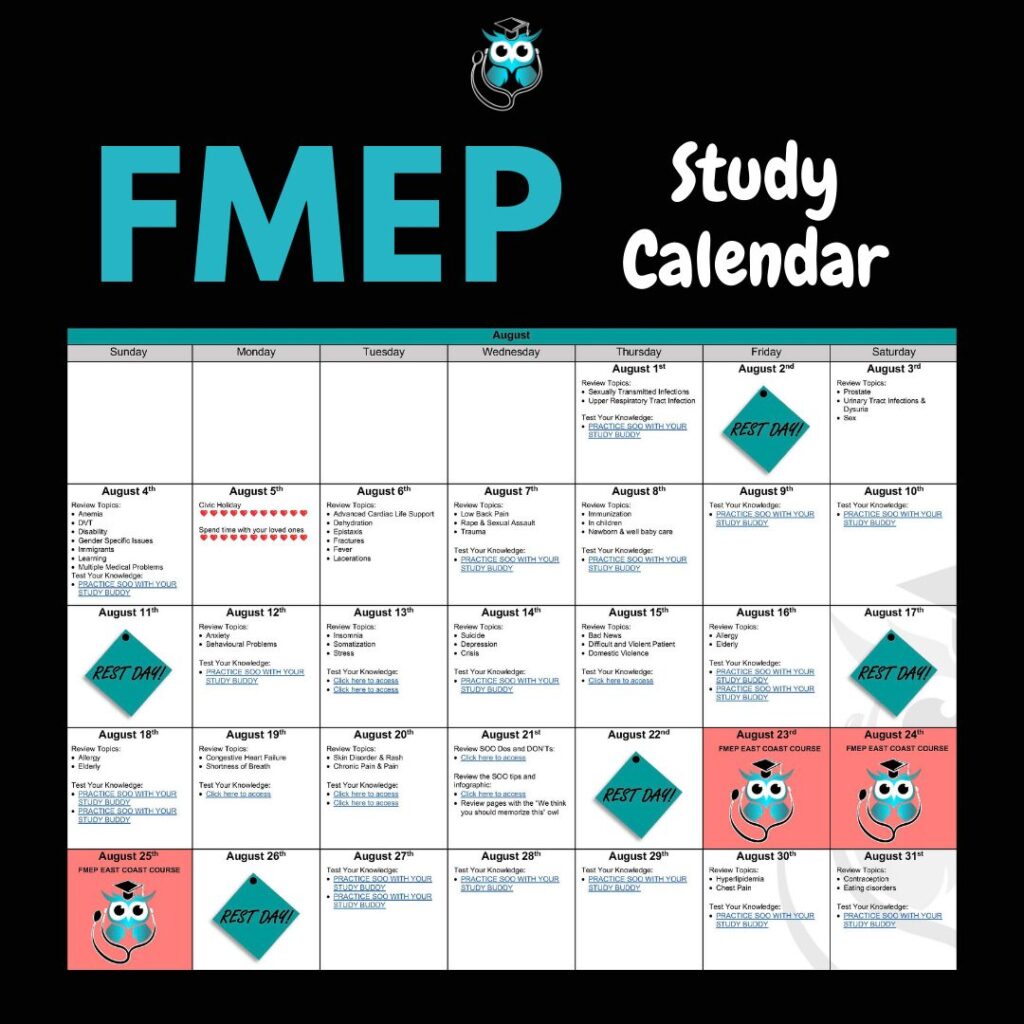
Just a reminder… pay attention to the questions. Here are our general tips one more time:
1. Pay attention to the questions. Look carefully at how many items you are being asked to list. If the question asks for five items, you will not get more marks if you list eight items; the examiner will look at the first five and allocate marks only for the first five answers – so be careful. On a SAMP, if it is not clearly stated how many items you should list, look at the amount of points/marks being allocated for the question to get an idea of how many answers the examiner may be anticipating you write down.
2. Do not write lengthy answers. Most questions can be answered in 10 words or less!
3. Be specific when writing down investigations (hemoglobin instead of CBC; CT abdomen instead of CT).
4. Remember that trade names and generic names are both acceptable when writing down medications.
5. For more helpful tips, you can refer to CCFP’s SAMP instructions by clicking here.
SAMP
A 74-year-old female presents to your office with a long-standing history of bilateral leg swelling. She denies any orthopnea, paroxysmal nocturnal dyspnea, and shortness of breath. She describes her legs as feeling heavy and burning. Her family history is significant for a tonsillectomy and knee osteoarthritis. On the physical examination, she has bilateral non-pitting leg edema. She has had dopplers which were negative for a deep vein thrombosis. Her echocardiogram was within normal limits. Her lab work did not reveal an etiology for her leg swelling. (7 points)
1. What is your top diagnosis? (1 point)
- Lymphedema
2. What is your initial management for the condition above (assuming there are no contraindications)? (1 point)
- Compression bandaging
- Compression stockings (20-30 mmHg)
3. Name three complications of lymphedema. (3 points)
- Cellulitis
- Fibrosis
- Fungal infections
- Reduced function and mobility
- Papillomatosis cutis lymphostatica
- Negative body image
- Anxiety/Depression
- Angiosarcoma
4. Name one contraindication for compression therapy. (1 point)
- Severe arterial insufficiency
- Severe peripheral neuropathy
5. Despite your initial management, her symptoms persist. What would you do next? (1 point)
- Refer, refer, refer (Vascular surgeon/certified lymphedema therapist)





